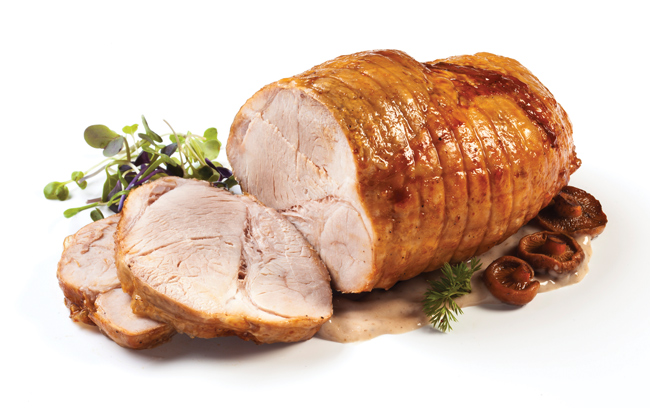Versatility represents one key attribute that often makes combi ovens attractive to high-volume foodservice operators.
 Operators can use combi ovens to broil, roast, steam, sous vide, poach, blanch, braise, bake, retherm and oven fry. Some combi ovens have an integrated smoking capability to produce both hot- and cold-smoked foods. Operators can use these units as finishing ovens or to serve as part of a cook/chill operation. These units can also function as cook and hold cabinets, proofers or slow cookers when operators use them at low-heat settings.
Operators can use combi ovens to broil, roast, steam, sous vide, poach, blanch, braise, bake, retherm and oven fry. Some combi ovens have an integrated smoking capability to produce both hot- and cold-smoked foods. Operators can use these units as finishing ovens or to serve as part of a cook/chill operation. These units can also function as cook and hold cabinets, proofers or slow cookers when operators use them at low-heat settings.
Combi ovens balance humidity, convection oven capabilities and steam by combining hot air with steam. Because air moves around the product being cooked, and combis can introduce moisture, operators can control foods moisture levels and increase product yield. This cooking process helps maintain the flavor and nutrients of foods, while hot air and added moisture can accelerate the cooking process.
Combis come in a variety of sizes. For example, tabletop units have 6 to 11 shelves that can accommodate half-size sheet pans and full-size hotel pans. Operators can also opt to place countertop units on a stand. Mini combi ovens have six shelves and can accommodate three to five half-size or steam table pans. Floor models have 20 shelves for holding 20 sheet pans or 40 hotel pans.
In terms of power, gas combis have Btu ranging from 45,500 to more than 170,000, while most electric units are 208V or 240V.
These units come with a variety of control panels, ranging from the basic to the more sophisticated. The more advanced systems can cook overnight and hold food at proper temperatures until serving.
Operators can choose between boiler and boilerless units. Some boilerless combi ovens utilize a heat exchanger and spray water onto it to create steam in the cabinet. Another traditional method uses a steam generator or enclosed box to boil water and produce steam, which is piped into the cooking cavity continuously at a measured rate. Other boilerless units are advanced and preheat the water using the unit’s own heat to run the water through a tube system. Water is preheated before it will be injected. This results in a faster recovery time and energy savings.
Combis continue to utilize smarter technology so operators can focus on quality and presentation. Automatic electronic cooking controls include a humidity feature with digital instructions in multiple languages. Optional programmable controls have memory capabilities for more than 200 cooking cycles with various cooking steps.
Combis incorporating grease management options are suitable for applications that cook large amounts of proteins. These ovens pump excess grease out of the unit into a stand-alone canister for recycling.
Other features include ventless hood systems, browning controls to add color to food and smoking capabilities that use wood chips. Models with UPC code scanner capabilities utilize preloaded cooking instructions to set oven controls automatically. This feature proves especially useful for operators with multiple locations.
Most combi ovens include core cooking probes that monitor internal food temperature, assuring the operation meets proper food safety requirements. Other units offer HACCP documentation with and without the use of kitchen management software. This allows operators to either log or download HACCP data through a thumb drive interface or other means to be stored on or in a computer folder.
Self-cleaning units offer push button use. If a power outage interrupts the cleaning cycle, these systems will automatically go through a long rinse to eliminate the soap residue out of the oven.
New oven features include integrated smokers that use real wood chips and an automated grease extraction system for operators seeking alternatives to grease trap maintenance and safer grease removal and disposal.



